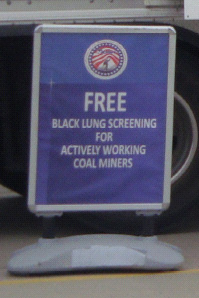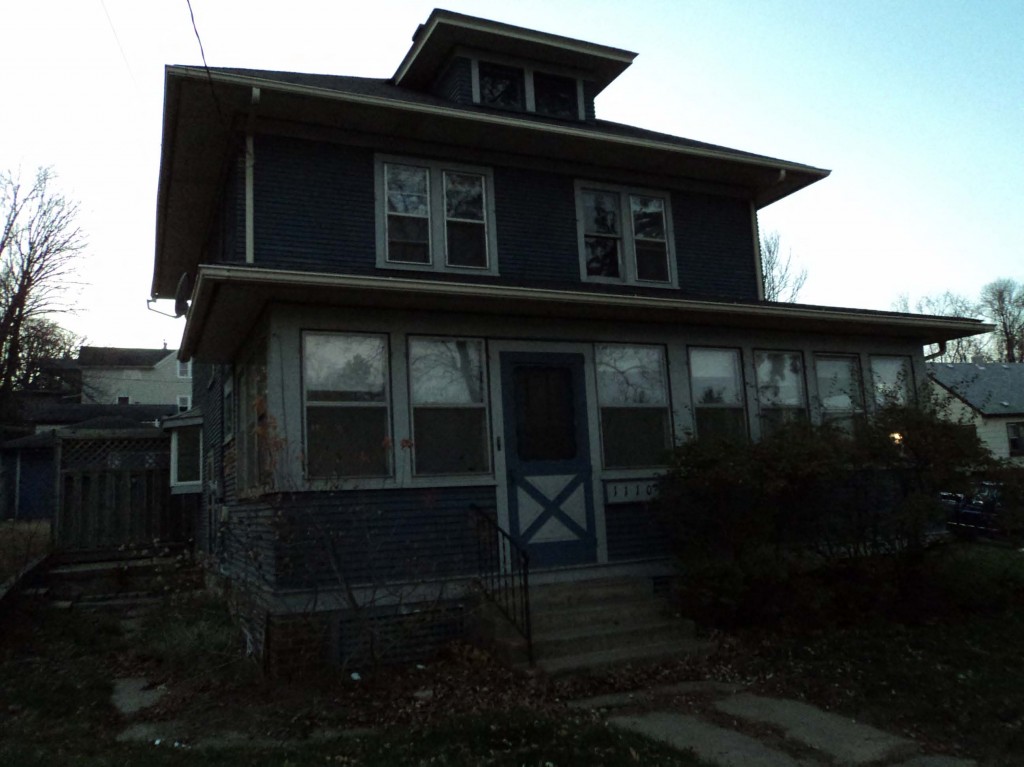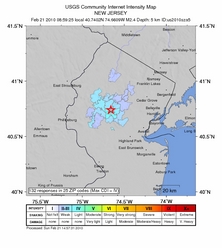PEPCO is falling down on the job
December 12th, 2010
Nearly two years ago, I attended a hearing for the Delmarva Power Integrated Resource Plan, which was the most bizarre hearing I’ve ever experienced. At that time, I raised issues about decreasing demand, entered into the record the PJM demand documents that we’d used in the Susquehanna-Roseland transmission docket in New Jersey (also PJM), and raised concerns that no SAIDI, SAIFI and CAIDI reliability info was reported. After that meeting, I presented Delmarva Power’s attorney Todd Goodman with a well-deserved “Horse’s Ass” award for his performance at that meeting. The points I’d raised at that meeting about what was missing in their “IRP” were oh-so-valid:
It took a while, but last week, the Washington Post featured an article showing that PEPCO, utility in D.C. and Maryland, and the corporate parent of Delmarva Power, has an inexcusably miserable record for outages. That’s something that’s demonstrated in the SAIDI, SAIFI and CAIDI reports! And folks, don’t go conflating transmission with distribution as the cause for the outages, as utilities would have you do. Anyway, here’s that article:
Washington Post Analysis: Why PEPCO can’t keep the lights on
As you read the article, note there’s not a word on D-E-R-E-G-U-L-A-T-I-O-N as a contributory factor, much less the primary reason.
Washington Post analysis: Why Pepco can’t keep the lights on
Moreover, Pepco has long blamed trees as a primary culprit for the frequency and duration of its outages, implying that the problem is beyond its control. But that explanation does not hold up under scrutiny, The Post analysis found. By far, Pepco equipment failures, not trees, caused the most sustained power interruptions last year.
Read the rest of this entry »
PUC Denies Kenyon Wind Extension!
December 9th, 2010
After four years, finally, the Public Utilities Commission has denied an extension of the old, old permit. Kenyon Wind was first applied for way back in 2006. To see the full PUC record, go to www.puc.state.mn.us and go to “Search eDockets” and then search for “06-1445.” Recently, because their permit was expiring, it was granted and then two years was extended for two years, they came back to the PUC for yet another extension.
Here’s the report from the Red Wing Republican Eagle:
Kenyon Wind project in doubt after state denies permit extension
They haven’t built this project, despite being issued a permit on July 18, 2007, nearly a year after they’d applied. Since that time, much has changed. Goodhue County passed its Goodhue County Wind Ordinance. The laws for Community Based Energy Development (C-BED) have changed, amended each year since it was passed. And the Kenyon Wind Project has changed:
Here’s the CFER’s Comment:
Here’s Kenyon Wind’s comments:
And the PUC denied the permit, 3-2. Commissioners Pugh, O’Brien and Wergin voting to Chair Boyd and Judge Reha were the two voting against denial of Kenyon Wind’s request for extension.
EEEEEEEEEEEEE-HA!!! It took four years, but this vaporware project is finally dead!
Seen on a North Dakota highway!
December 8th, 2010
And did I mention we got the house???
December 2nd, 2010
Earthquake in New Jersey?
December 2nd, 2010
This is the “artist’s conception” of the PurGen coal gasification plant proposed for Linden, New Jersey.
Last week there was an earthquake just off the cost of New Jersey and New York:
Small earthquakes in N.J. prompt calls to police, but no reported damages
The US Geological Survey has a site to report earthquakes:
What does this Linden coal gasification plant have to do with an earthquake? Well DUH, PurGen wants to pump the earth full of CO2. They claim that “Carbon dioxide will then be removed from the gas and safely stored offshore in a permanent repository.”
In support of this nonsense, they’re trotting out our friend from the Mesaba Project, Dan Schrag:
For information on impact of gas storage on seismic activity, check out “Gas Migration” which is THE source for the real poop. In short, pumping the earth full of gas, i.e. CO2, triggers seismic activity, CCS = earthquakes.
What’s interesting to me is that this is the second time this year for New Jersey:
Earthquake Jolts New Jersey
By Therese Crowley
2/22/2010BERNARDSVILLE, NJ – Sunday morning reverie at 8:59 a.m. was punctuated by a big BOOM in Bernardsville- and Basking Ridge- and at least 25 more zip codes, according to the US Geological Survey. Within an hour, an earthquake measuring 2.6 on the Richter scale was confirmed by the Lamont Doherty cooperative Seismographic Network (LCSN). The quake was centered at Peapack and Gladstone, New Jersey, 13 miles WSW of Morristown.
In Bernardsville, the quake was experienced as a ‘boom. BOOM!!! shake.’ In this reporter’s old stone cottage, the shaking rang bells. The quake shook Bernardsville Police headquarters, where Dispatcher 35 was fielding calls from residents, and cautioning that an aftershock may follow. Some 100 residents called in the first hour. No damage was immediately reported, although an earthquake of mild magnitude can cause hairline cracks in structures.
The region sits on the Ramapo Fault Line, and Lamont Doherty estimates the depth of the quake at 3.1 miles, measuring the impact as mild, at ll-lV level intensity. Still, residents were excited and rattled. The first aftershock followed at 12:31pm, measuring 2.3 on the Richter scale. As with the original quake, the first alert of something happening within the earth was a booming rumble, followed by a shaking sensation. The first aftershock was centered just one mile from the morning tremor.
The quake was the talk of the Somerset Hills YMCA; many people felt it, but few had heard confirmation of the event. One Dad reported, ‘We were watching TV with the kids and heard the boom—I made them turn the TV down, and we listened and felt the shake. It was something!’
The Sunday morning earthquake follows a series of tremors that moved the ground in Far Hills and Bernardsville from Friday, February 5th to Sunday, February 7th. One of those quakes measured 1.2, but Sunday morning’s 2.6 is orders of intensity greater.
An aftershock took place around 12:30 p.m. on Sunday measuring 2.3 on the richter scale.
Residents who would like to report their experience can go to the US Geological Survey Website and fill out the ‘Did You Feel It?’ form, at http://earthquake.usgs.gov/earthquakes/dyfi/







